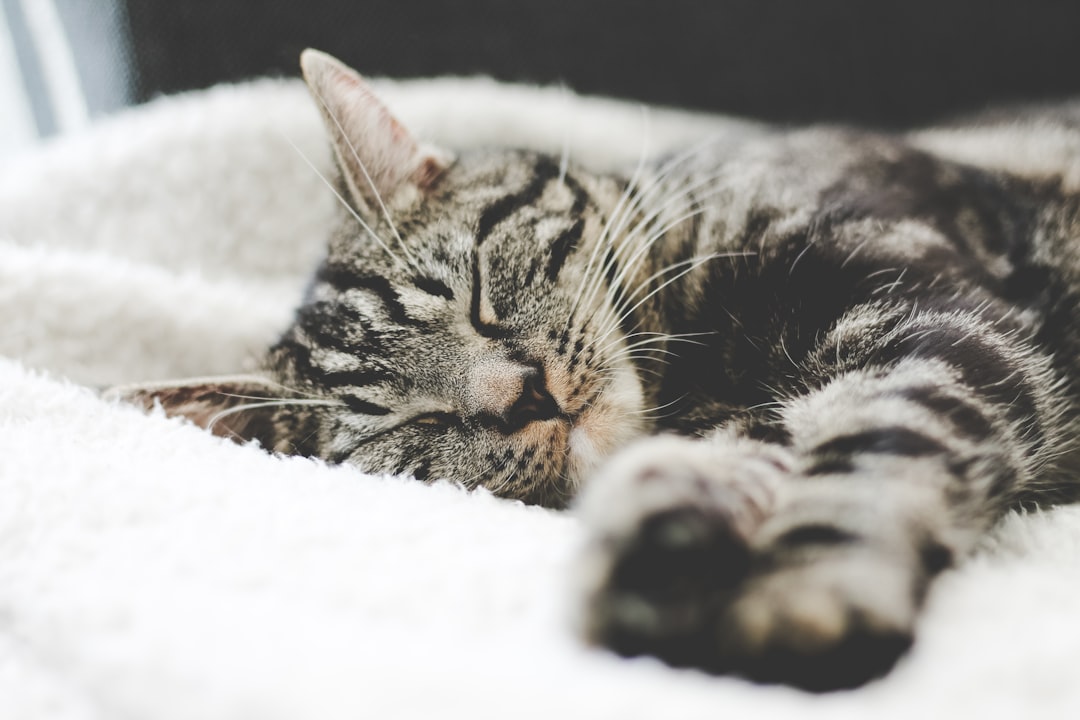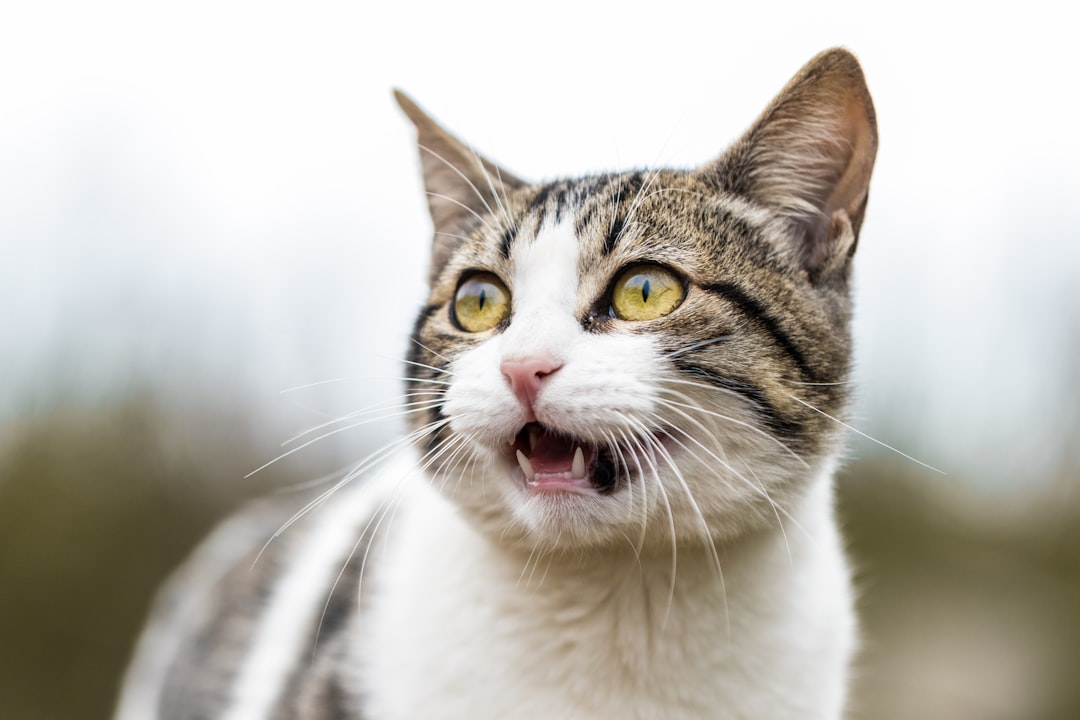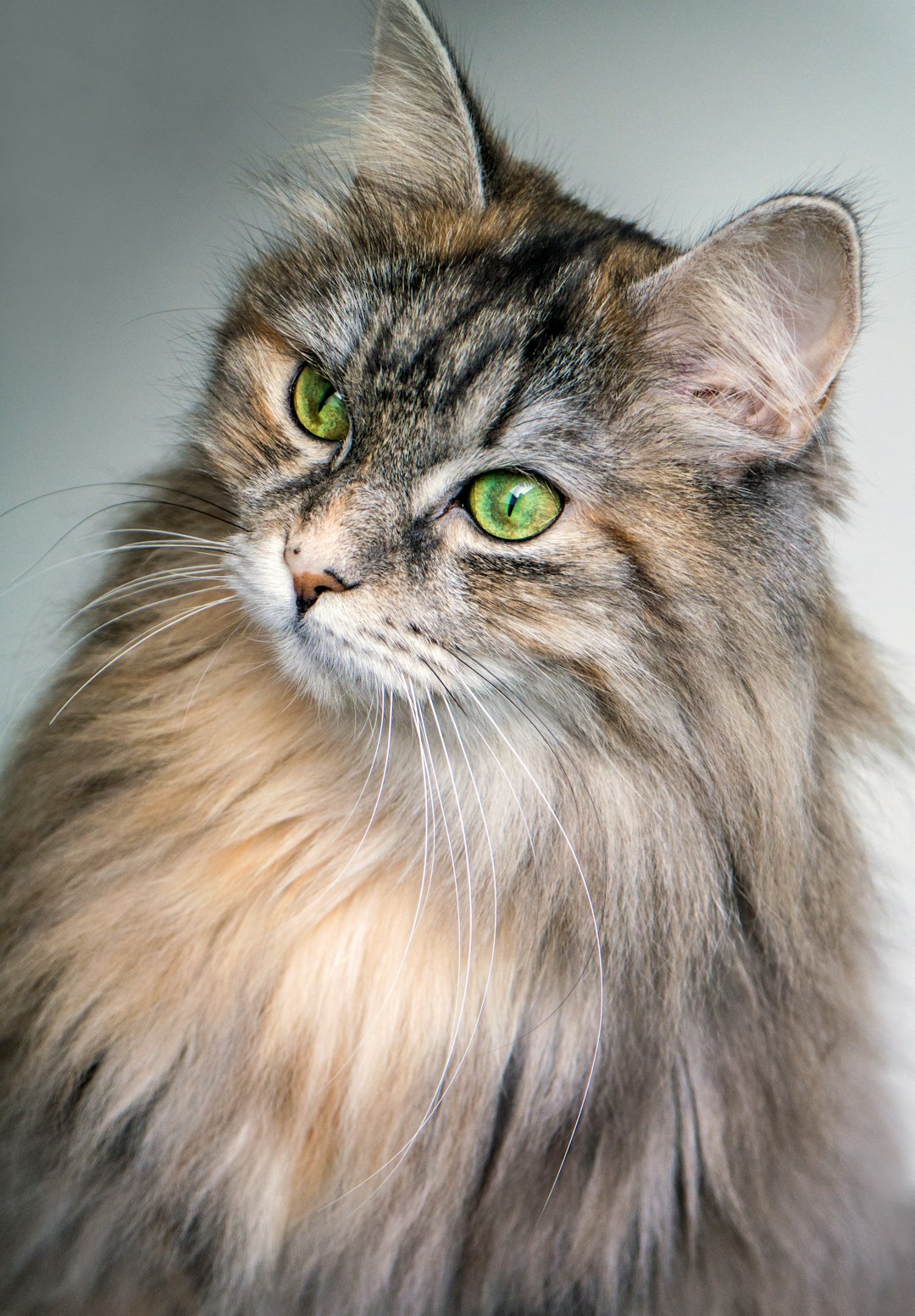Choosing the best canned cat food can significantly impact your feline friend’s health and happiness. With its high moisture content and rich nutritional profile, canned food often provides essential hydration and balanced nutrients that many dry foods lack. However, navigating the plethora of options can be overwhelming. Understanding the key ingredients and nutritional benefits is crucial for making an informed choice. In this post, we will explore what makes a great canned cat food, ensuring you can keep your beloved pet satisfied and thriving.
Nutritional Benefits of Canned Cat Food
Canned cat food offers numerous nutritional advantages that can significantly boost your feline friend’s health. Here are some essential benefits:
- High Moisture Content: Canned cat food typically contains around 70-80% water, which aids in hydration and supports kidney health.
- Rich in Protein: Most canned options provide a higher percentage of protein compared to dry food, making them suitable for a carnivorous diet.
- Fewer Carbohydrates: Canned food generally has lower carbohydrate levels, which aligns with a cat’s natural dietary needs.
- Enhanced Palatability: The texture and aroma of canned food attract cats, making it an appealing choice, especially for picky eaters.
When selecting the best canned cat food, it’s crucial to read the labels for quality protein sources and essential nutrients. Including a mix of canned and dry food can offer a balanced diet. In summary, choosing high-quality canned food not only satisfies your cat’s taste buds but also promotes overall health and wellness.
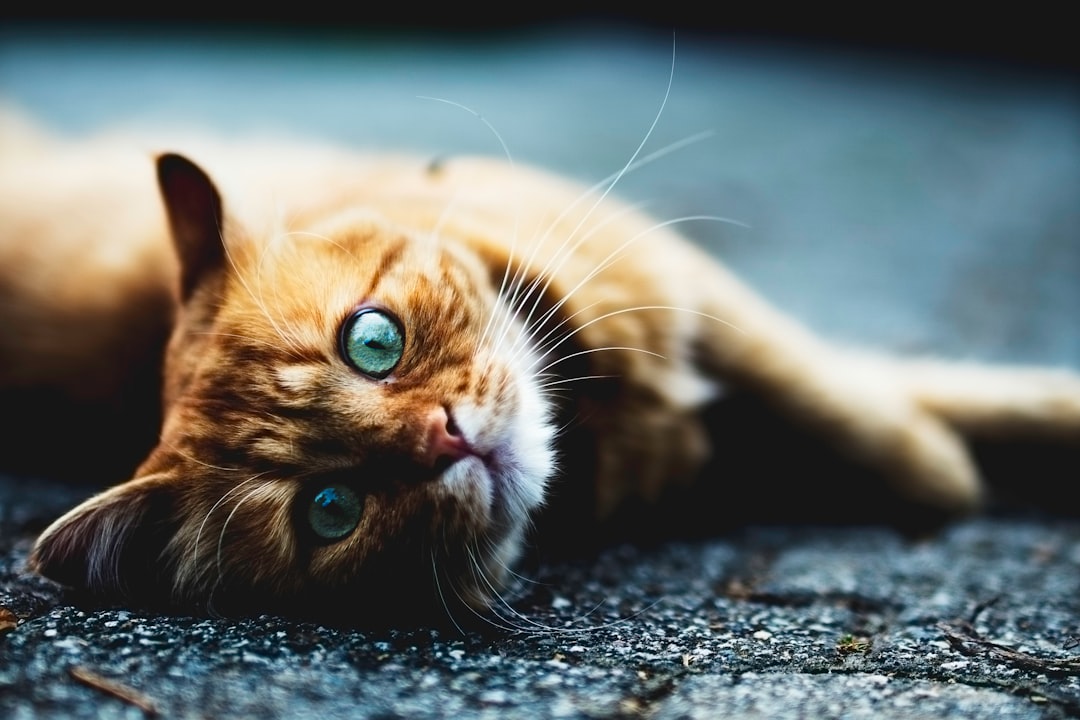
Key Ingredients to Look for in Canned Cat Food
When choosing the best canned cat food, it’s essential to examine the ingredients to ensure your feline friend receives optimal nutrition. Here are the key components to consider:
High-quality proteins: Look for named sources like chicken, turkey, or fish as the primary ingredient. Cats are obligate carnivores and require protein to thrive.
Healthy fats: Ingredients such as fish oil or chicken fat provide essential fatty acids that support skin and coat health.
Hydration: Canned food typically contains higher moisture content than dry food, which helps keep your cat hydrated.
Vitamins and minerals: Ensure the food includes a balance of essential nutrients such as taurine, vitamins A, E, and D, and minerals like calcium and phosphorus.
Grain-free options: Cats may thrive on grain-free formulas that rely on vegetables and fruits for fiber.
Comparison Table of Key Ingredients
| Ingredient Type | Good Example | Benefit |
|---|---|---|
| Protein | Chicken | Supports muscle growth |
| Healthy Fats | Fish Oil | Promotes healthy skin |
| Hydration | Moisture Content | Aids in digestion |
| Vitamins & Minerals | Taurine | Essential for heart health |
By choosing the best canned cat food with these ingredients, you can help keep your cat happy and healthy.
Top Brands of Canned Cat Food Reviewed
When selecting the best canned cat food, it helps to consider top brands renowned for quality and nutrition. Here are some standout options:
| Brand | Key Features | Pros | Cons |
|---|---|---|---|
| Wellness | Grain-free, high protein | Natural ingredients, good variety | Higher price point |
| Royal Canin | Breed-specific formulas | Tailored nutrition | Limited flavor options |
| Blue Buffalo | Real meat as first ingredient | Holistic approach | Some cats dislike certain flavors |
| Purina Pro Plan | Veterinary recommended, high digestibility | Affordable, widely available | Contains some fillers |
| Fancy Feast | Gourmet options with appealing textures | Variety and palatability | Some formulas may lack meat content |
In conclusion, these top brands provide the best canned cat food options to keep your feline friends happy and healthy. Always consider your cat’s specific dietary needs and preferences when making a choice. Transitioning to a new brand? Monitoring your cat’s reaction is essential.
Understanding Your Cat’s Dietary Needs
To choose the best canned cat food for your pet, it’s crucial to understand their unique dietary needs. Here are some key factors to consider:
- Age: Kittens require nutrient-dense food for growth, while adult cats benefit from balanced meals. Senior cats may need specialized formulas to support their health.
- Activity Level: Active cats might need higher protein levels, while less active breeds require fewer calories to prevent obesity.
- Health Conditions: Some cats suffer from specific health issues that require dietary adjustments, such as renal disease or allergies. Always consult your veterinarian for tailored advice.
Essential Nutrients in Canned Cat Food:
- Protein: Cats are obligate carnivores. Look for foods where meat is the primary ingredient.
- Fats: Essential for energy and a healthy coat, choose options with omega-3 and omega-6 fatty acids.
- Vitamins and Minerals: Ingredients like taurine, calcium, and vitamins A and E are vital for overall health.
By selecting the best canned cat food suited to your feline’s specific needs, you can ensure they remain happy and healthy throughout their life.
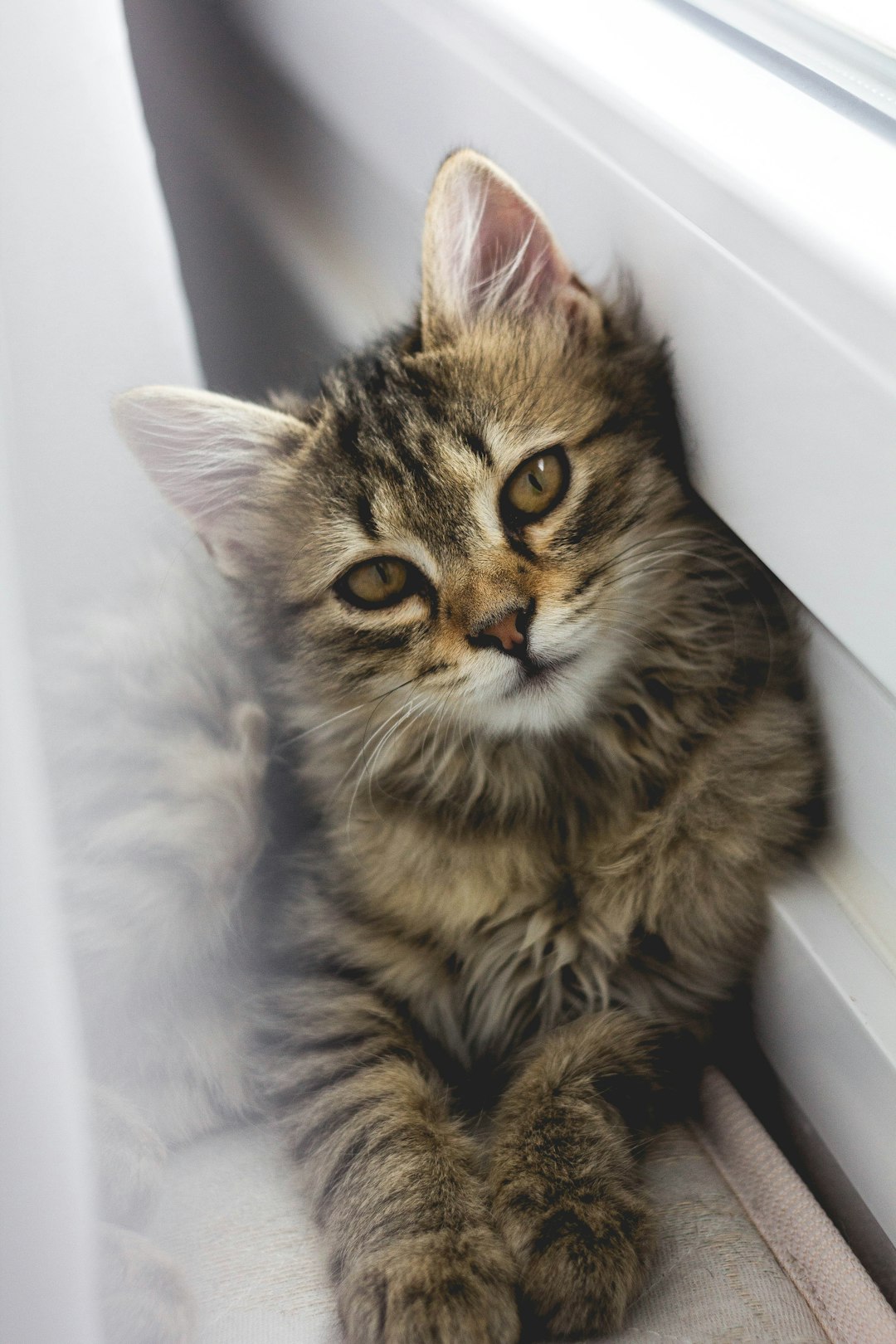
How to Transition Your Cat to Canned Food
Transitioning your cat to the best canned cat food can be a smooth process with a few simple steps. Here’s how to make the switch effectively:
Start Gradually: Introduce canned food slowly. Begin by mixing a small amount of the new food with their current dry food. Over the course of a week, gradually increase the canned food ratio.
Opt for Quality: Choose high-quality, flavorful best canned cat food that appeals to your cat’s taste. Cats can be finicky eaters, so finding a brand they love makes a difference.
Temperature Matters: Warm the canned food slightly before serving. Warming enhances aroma and flavor, enticing your cat to try it.
Consistent Feeding Schedule: Feed your cat at the same times every day. Regular schedules can create comfort and anticipation for mealtime, making them more likely to try the new food.
Monitor Reactions: Keep an eye on your cat’s behavior and health during the transition. If they show signs of distress or allergies, consult your veterinarian.
By following these steps, you can help your feline friend enjoy their new diet of the best canned cat food, ensuring they stay happy and healthy.
Canned Cat Food vs. Dry Cat Food: A Comparison
When choosing the best canned cat food, it’s essential to understand how it stacks up against dry cat food. Here’s a concise comparison to guide your decision:
Nutritional Content
Canned Cat Food:
- High moisture content (up to 78%)
- Rich in protein
- Fewer carbohydrates
Dry Cat Food:
- Lower moisture (around 10%)
- Often more carbohydrates
- Typically contains more fillers
Palatability
Canned Options:
- More appealing textures and flavors
- Cats tend to prefer these over dry food
Dry Choices:
- Convenient but some cats find them less enticing
Dental Health
Canned Food:
- Less effective for dental hygiene
Dry Food:
- Crunchy texture may promote dental health, but benefits can be minor
Cost and Convenience
Canned Cat Food:
- Generally more expensive
- Requires refrigeration after opening
Dry Cat Food:
- More budget-friendly
- Easy to store and serve
Choosing between the best canned cat food and dry food depends on your cat’s preferences and dietary needs. Balancing both options may provide the best overall nutrition for your feline friend.
Tips for Storing and Serving Canned Cat Food
To ensure that your feline friend enjoys the best canned cat food, proper storage and serving techniques are essential. Follow these tips to maintain freshness and quality:
Store Properly:
- Keep unopened cans in a cool, dry place away from direct sunlight.
- After opening, store leftover food in the refrigerator in an airtight container.
Serve at Room Temperature:
- Cats often prefer their food at room temperature. Allow the can to sit out for about 15-30 minutes before serving.
Use Fresh Food:
- Aim to use opened canned food within 3-5 days.
- Discard any uneaten food that has been out for more than two hours to prevent spoilage.
Check Expiry Dates:
- Always check the expiry date on the can before purchasing or serving to ensure your cat receives only the best canned cat food.
Clean Bowls Regularly:
- Wash your cat’s food bowls with soap and water every day to prevent bacterial growth.
By following these tips, you can help ensure that your cat enjoys nutritious meals while maximizing the benefits of the best canned cat food.
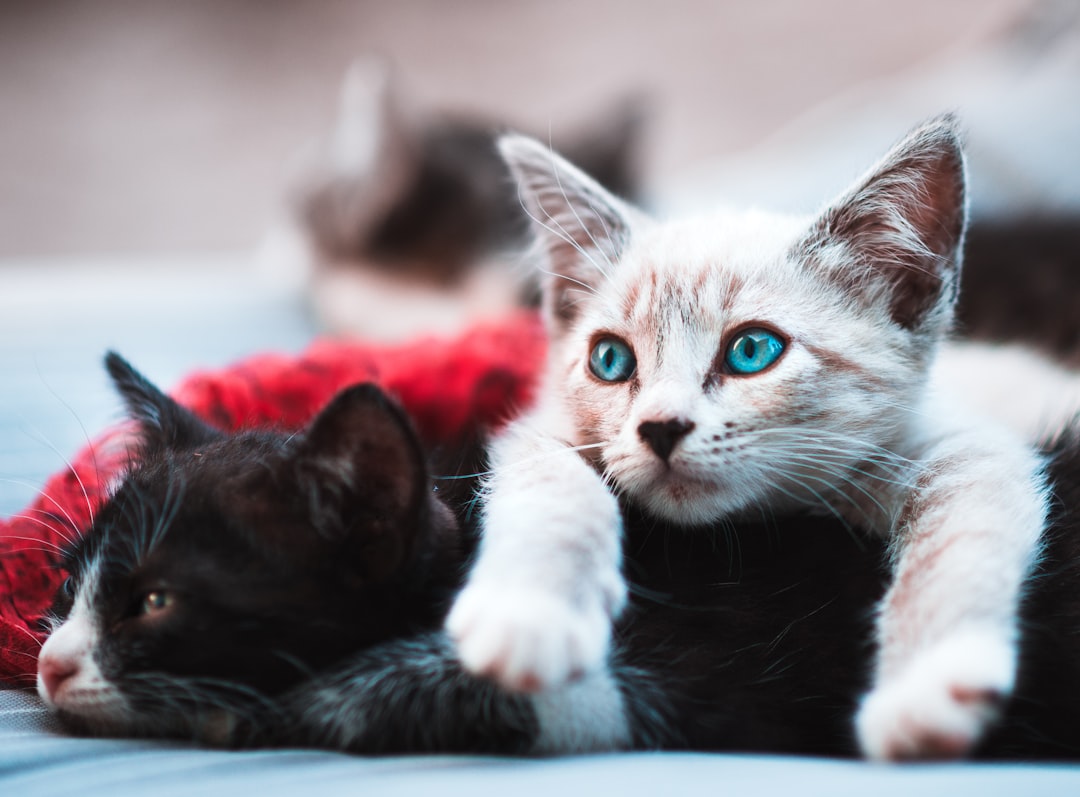
Common Myths About Canned Cat Food Debunked
When it comes to choosing the best canned cat food, several myths often cloud pet owners’ judgments. Let’s clarify these misconceptions:
Myth 1: Canned food is too high in calories.
- Truth: Canned cat food often contains higher moisture content, which can help cats feel full without excessive calories.
Myth 2: All canned foods are created equal.
- Truth: Not all formulations have the same quality. Look for reputable brands with high protein content and minimal fillers.
Myth 3: Canned food causes dental issues.
- Truth: While dry food is often marketed for dental health, canned food can contribute to hydration and can also be complemented with dental treats.
Myth 4: Canned food is more expensive than dry food.
- Truth: The best canned cat food may have a higher upfront cost, but its nutritional density can lead to better health, potentially saving you on vet bills over time.
Debunking these myths helps ensure you make informed choices about your feline’s diet. Remember, the best canned cat food boosts health and keeps your cat happy!
Frequently Asked Questions
What are the main benefits of feeding my cat canned cat food?
Canned cat food offers numerous benefits for both cats and their owners. It provides higher moisture content than dry kibble, which helps keep cats hydrated, especially important for those prone to urinary issues. Canned food also tends to have higher protein content and fewer carbohydrates, aligning more with a cat’s natural dietary needs. Furthermore, the variety of flavors and textures can entice even the pickiest eaters, making it easier to meet a cat’s nutritional requirements.
How do I choose the best canned cat food for my cat?
Choosing the best canned cat food involves considering several factors, including your cat’s age, dietary needs, and any specific health concerns. Look for foods that list high-quality protein as the first ingredient and avoid those with excessive fillers or artificial additives. It’s also important to consider the brand’s reputation and nutritional value, reflected in the guaranteed analysis and ingredient list. Consulting with a veterinarian for personalized recommendations based on your cat’s health can further guide your selection.
What ingredients should I avoid in canned cat food?
When selecting canned cat food, it’s wise to avoid ingredients like corn, soy, and wheat, as these are often used as fillers and provide little nutritional value for cats. Additionally, steer clear of preservatives like BHA, BHT, and ethoxyquin, as they may have negative health implications. Always check for artificial colors and flavors, as cats have no need for these additives in their diet. Opting for products with high-quality, recognizable ingredients is the best strategy for your cat’s health.
Can I mix canned food with dry food for my cat?
Yes, you can mix canned food with dry food to offer your cat a more varied diet. This combination can help enhance hydration due to the moisture content in canned food while providing the benefits of dry kibble. However, it’s essential to monitor your cat’s overall calorie intake to prevent overfeeding. Adjust the portions of each type of food accordingly, and consult with your veterinarian if you have any concerns about your cat’s dietary balance.

